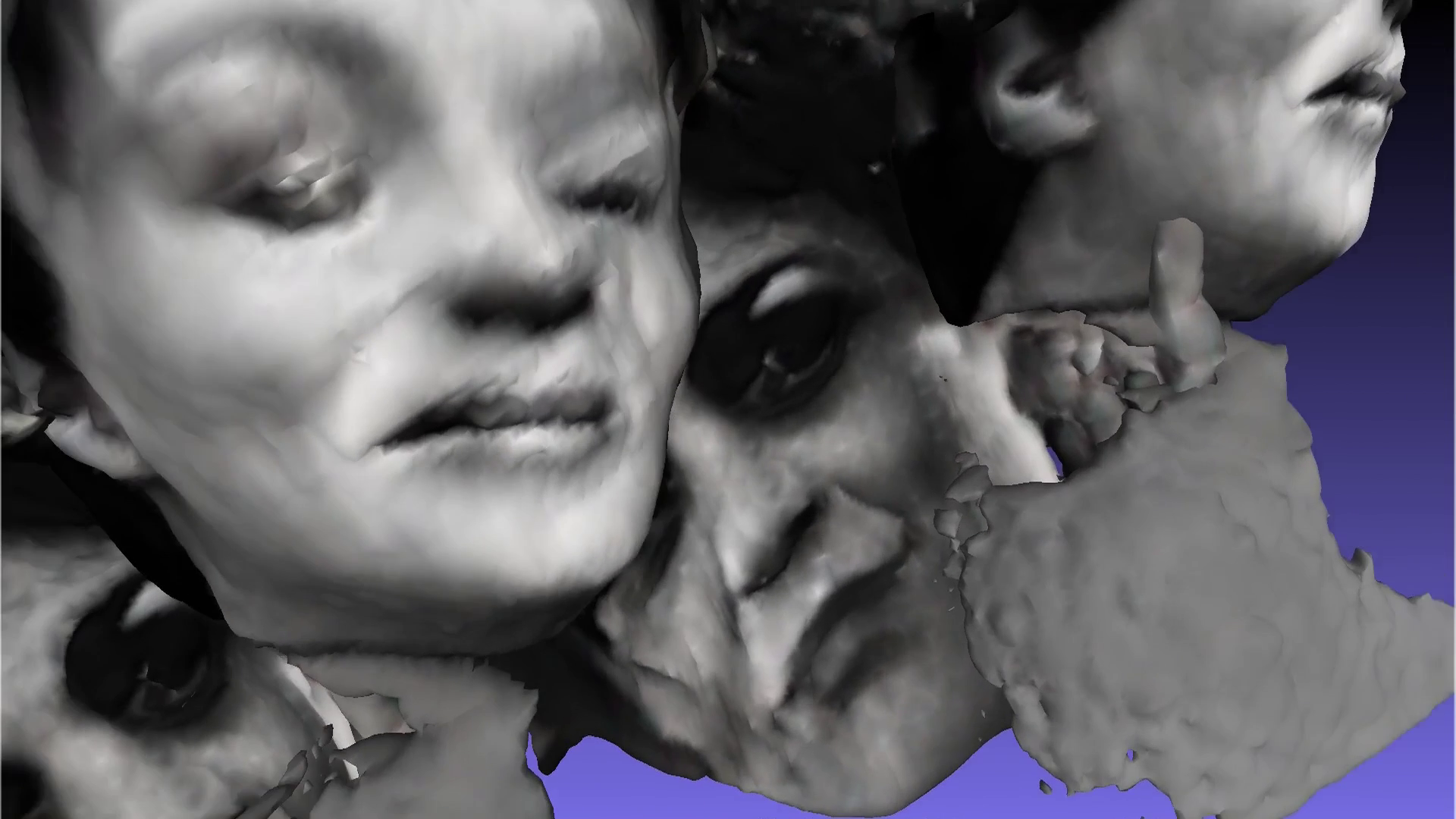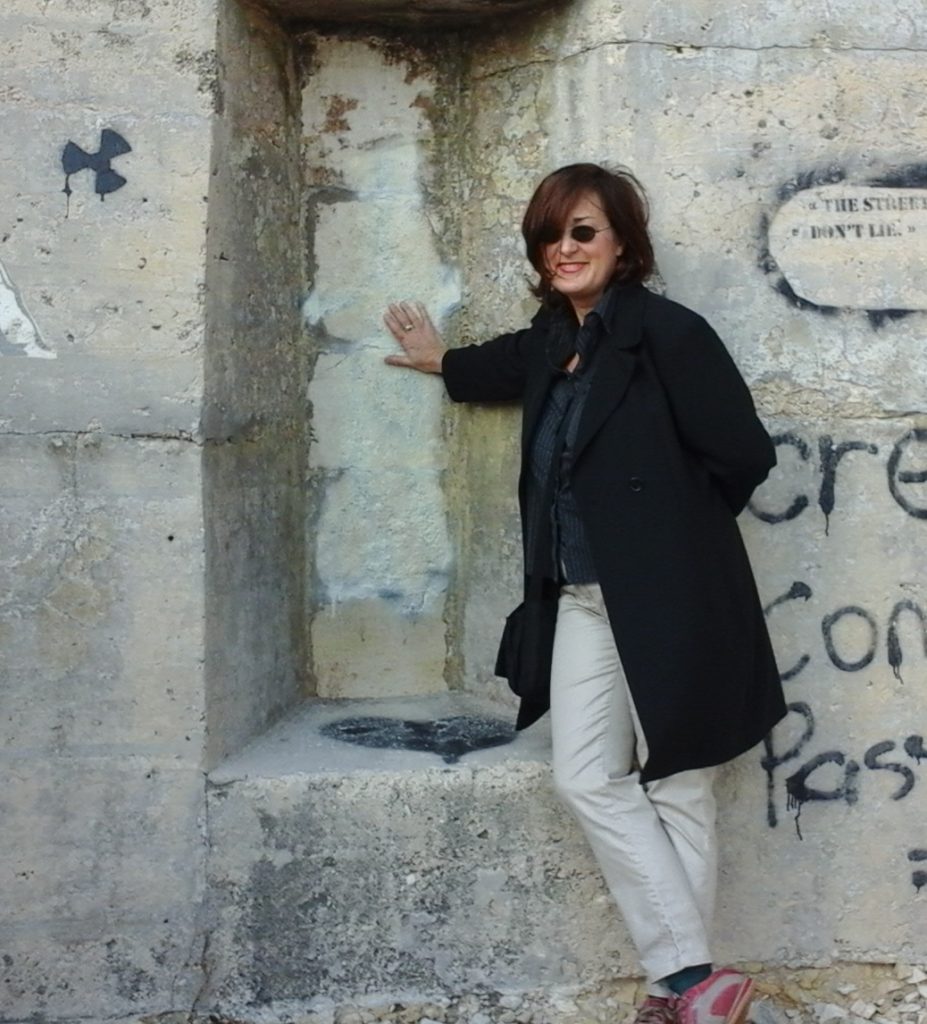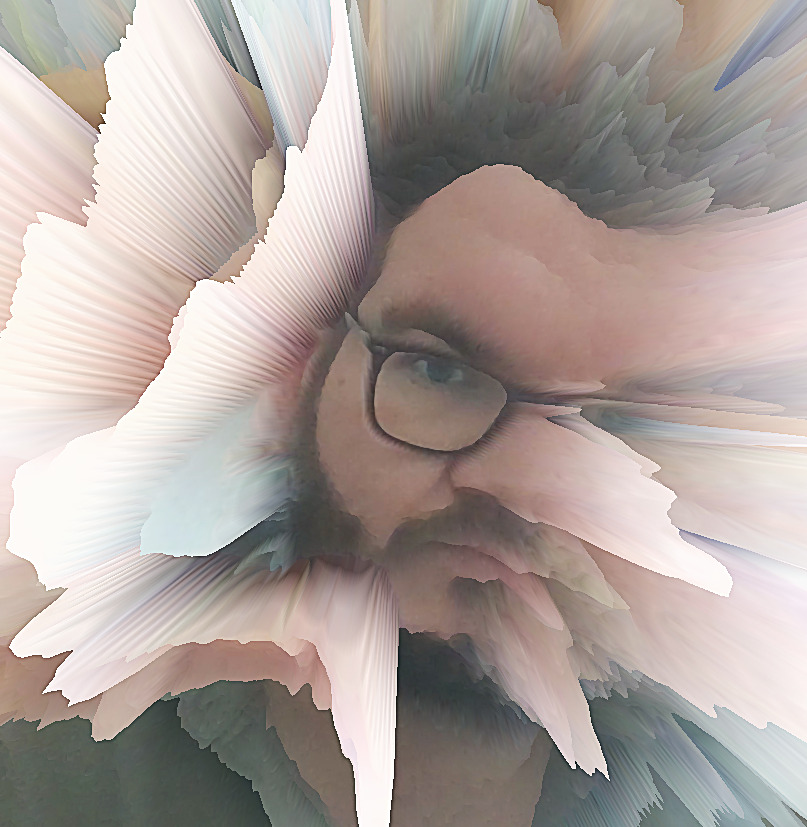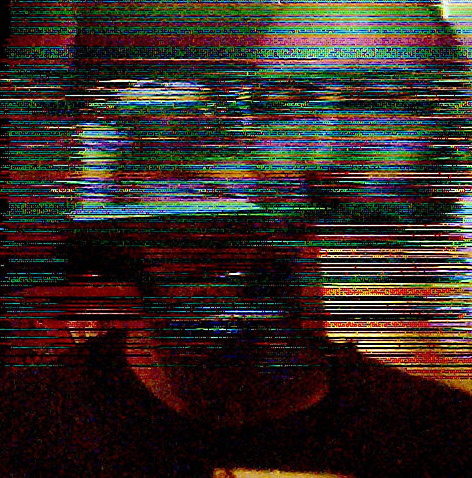 back
back
Glitch art and criticality – case studies and conversations: Chicago is a Really Great City…

Modernist Art, the shock of the new, failed as a project because it never addressed its public directly, instead adopting an oppositional stance that alienated through esoteric formalism and divorced itself from the everyday experience of real people. Glitch Art succeeds where Modern and Post-Modern Art failed because it has an uncanny familiarity, rooted as it is in our everyday experience of technology—a shared language and experience—which we notice most when those technologies and systems break down or fail. As Glitch Art becomes the lens through which we see, read and interpret that failure, it develops a commonality that these earlier aesthetics never had.
These failures of technology conjure ghosts of the past, the present, and the future, things that disappear due to political or economic forces—challenging accepted views of history vs what actually happened, or embracing the histories written or falsified by victors, and recognizing the marginalized histories that were never written down—opens possibilities for what can be rewritten by those who come after the victors have fallen.
Discussing the themes and ideas behind and raised by the recent exhibition ‘GLITCH Ontological Exhaustions & System Failures’ we ask the question: ‘Are their lessons that can be learned for the times we live in for instance in the subversion of narrative online in places such as Facebook, Instagram (through algorithmic censorship, shadow-banning, self censoring) and how censorship of east German writers and artists has begun to have parallels in modern day America and Europe?’ and invite the audience to ask questions and add to the discussion.
Verena Voigt [DE]
Verena Voigt M.A ( art historian, journalist and investigative curator) has been working as an ( investigative) curator since 2012. She is a member of IKT – International Association of Contemporary Art since 2021 & explores the visible and invisible interfaces between Art, AI and ADM. In 2013 she founded the art association GFZK e.V
https://www.verena-voigt-pr.de/gfzk-ev/

Michael Betancourt [US]
Michael Betancourt is a Cuban-American research-based artist and critical theorist who has developed a conceptual-theoretical practice combining media art production with discursive, critical analysis. His work focuses on art history, digital technology, and capitalist ideology.
https://michaelbetancourt.com/

Niklas Washausen [DE]
Niklas Washausen is a multimedia artist and university lecturer in art education at the University of Potsdam. His work engages with the symbols of an oversaturated society and everyday aesthetics. In search of the transgressive, educational quality of digital “materials”, he applies a range of glitch techniques as tools for inquiry and investigation. He is currently involved in a University of Potsdam project focusing on continuing education for art teachers, exploring corporeality within the context of digital media cultures and glitch culture.
https://www.niklas-washausen.com/

Ian Keaveny [IE]
Working under the name crash-stop in rural County Offaly, Ireland, Ian Keaveny engages with remix culture and the reuse of old or obsolete hardware and software. Through the lens and techniques of glitch art, he questions technology, the online social media ecosystem, algorithms, and artificial intelligence, and their impact on individuals and society. Keaveny aims to use open-source software exclusively and publishes his work under a Creative Commons licence.
https://crash-stop.org




